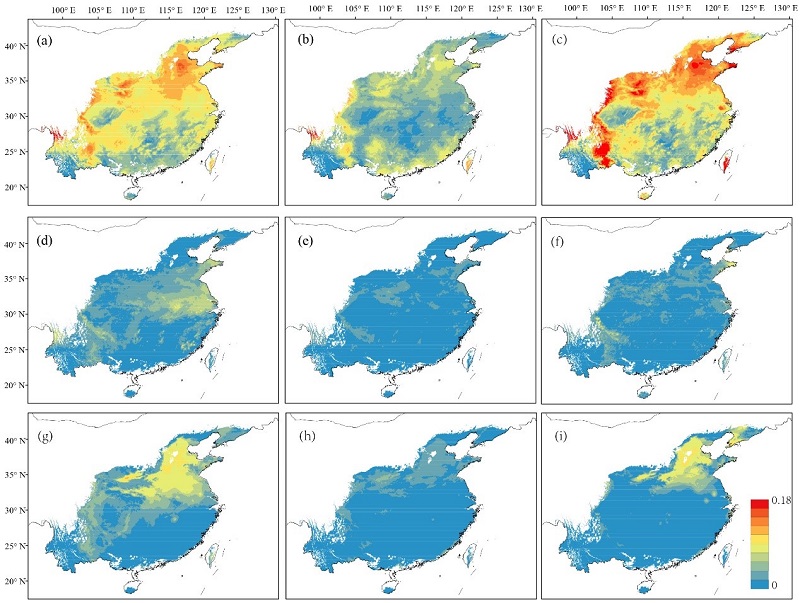

Rapid global climate change is one of the serious threats to biodiversity. Forest tree species play important roles in maintaining the stability of ecosystem and improving ecosystem services. Understanding how the evolutionary process shape the landscape of genetic variation and contribute to the response of forest species to future climate change is critical for biodiversity conservation, optimal afforestation, and sustainable development of forest resources. However, forest tree species usually have long generations and complex genetic background, making it difficult to explore the response of species to climate change through common garden experiments and transplantation.
Professor Baosheng Wang and his colleagues, from South China Botanical Garden, try to understand the maladaptation of Quercus acutissima to future climate using the methods of population genetics and ecological genomics. Based on whole-genome resequencing data, their study revealed the population structure and demography history of Q. acutissima, confirming that demography history and linkage selection together shaped the genomic landscape (Figure 1). A diverse set of genes and functional categories associated with environmental adaptability were identified by genomic-environmental association analysis, indicating a model of polygenic adaptation of Q. acutissima. Based on a Generalized dissimilarity modelling analysis between the differences of ecological factors and differences of genetic components, the theorical genetic changes required to cope with climate change was quantified. This study found that marginal populations will face a higher risk of local extinction and may not be able to find new habitats in future environments. The future climatic conditions of the northern part of China are not suitable for the survival of Q. acutissima (Figure 2).
Overall, this study illustrates how evolutionary processes have shaped the landscape of genomic variation and provides a comprehensive genome-wide view of climate maladaptation in Q. acutissima, providing theoretical basis for genetic diversity conservation and forest management. The paper entitled “The genomic vulnerability to climate change in Quercus acutissima, a dominant tree species in East Asian deciduous forests” was published in Molecular ecology. Shuai Yuan is the first author of the paper, and Baosheng Wang is the corresponding author. This work was supported by the National Natural Science Foundation of China, Guangdong Natural Science Funds for Distinguished Young Scholar, and Science and Technology Projects in Guangzhou. Please click the link below to read more about this paper. https://doi.org/10.1111/mec.16843



